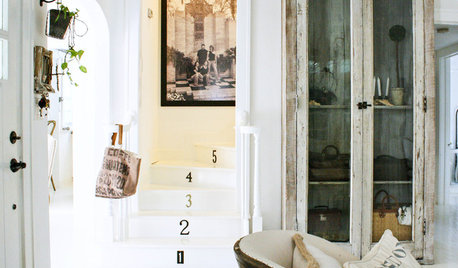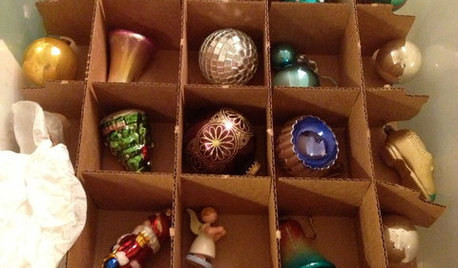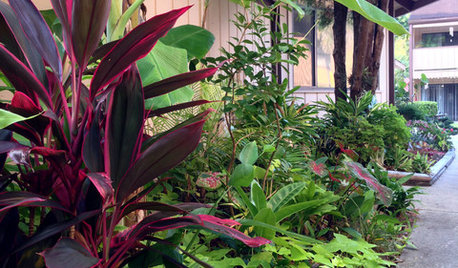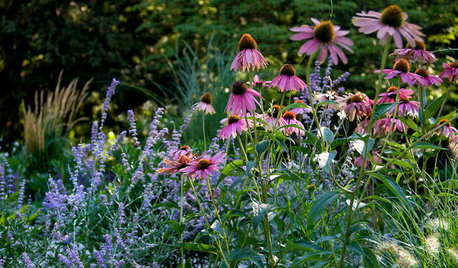Browning/blackening of Peace Lily leaf tips
tifflj
11 years ago
Related Stories

DECORATING GUIDES13 Decorating Tips for Older Homes
Preserve the personality of the past while designing for now with these tips for paint, rugs, window treatments and more
Full Story
GARDENING GUIDES10 Tips to Start a Garden — Can-Do Ideas for Beginners
Green up your landscape even if you're short on time, money and knowledge, with these manageable steps for first-time gardeners
Full Story
HOLIDAYSChristmas Cleanup Tips for the Not Naturally Organized
Dreading the postholiday chores? First let yourself unwind. Then grab some boxes, a few supplies and this easy guide
Full Story
GARDENING GUIDESA Mom, a Garden and a Gift for the Neighbors
Gardening can be therapeutic in unexpected ways. See how one gardener found peace and purpose in a patch of Florida soil
Full Story
NEUTRAL COLORS8 Great Color Palettes: Surprising Bedroom Neutrals
Peaceful plum, relaxing black and many shades of gray show an unpredictably neutral nature in the bedroom
Full Story
HOUSEPLANTS8 Essentials for Healthy Indoor Plants
Houseplants add so much to our homes — and can thrive when grown in the right conditions. Keep these tips in mind
Full Story
MOST POPULAREnjoy Your Summer Garden — Here’s What to Do in July
Our July gardening guides take the guesswork out of summer watering, pruning and planting. See our tips for your U.S. region
Full Story
HOUSEPLANTSMeet a Houseplant With Excellent Communication Skills
It droops when thirsty, revives quickly and thrives under fluorescents. You may want to hire this hard worker for both home and office
Full Story
PETSGarden Alert: 22 Plants to Keep Away From Pets
Avoid potential danger by keeping dogs and cats away from these landscaping and houseplant favorites
Full Story
CONTAINER GARDENSHappy Houseplants, Happy People
Potted plants add life and beauty to a room. Learn easy ways to keep them healthy
Full StoryMore Discussions










taxonomist3
tapla (mid-Michigan, USDA z5b-6a)
Related Professionals
La Marque Landscape Architects & Landscape Designers · Chelmsford Landscape Contractors · Cockeysville Landscape Contractors · El Mirage Landscape Contractors · Estelle Landscape Contractors · Fort Payne Landscape Contractors · Hickory Hills Landscape Contractors · Middletown Landscape Contractors · Oak Harbor Landscape Contractors · Ridgewood Landscape Contractors · Rockland Landscape Contractors · San Pedro Landscape Contractors · Secaucus Landscape Contractors · Shirley Landscape Contractors · Sun Valley Landscape Contractorsmeyermike_1micha
tiffljOriginal Author
tapla (mid-Michigan, USDA z5b-6a)